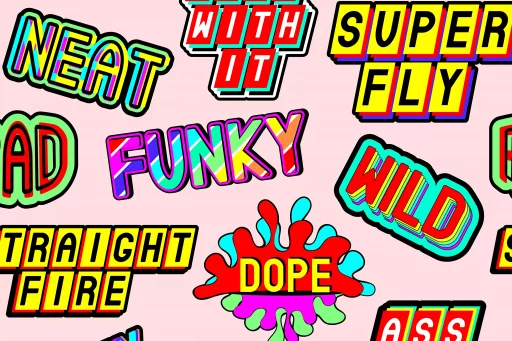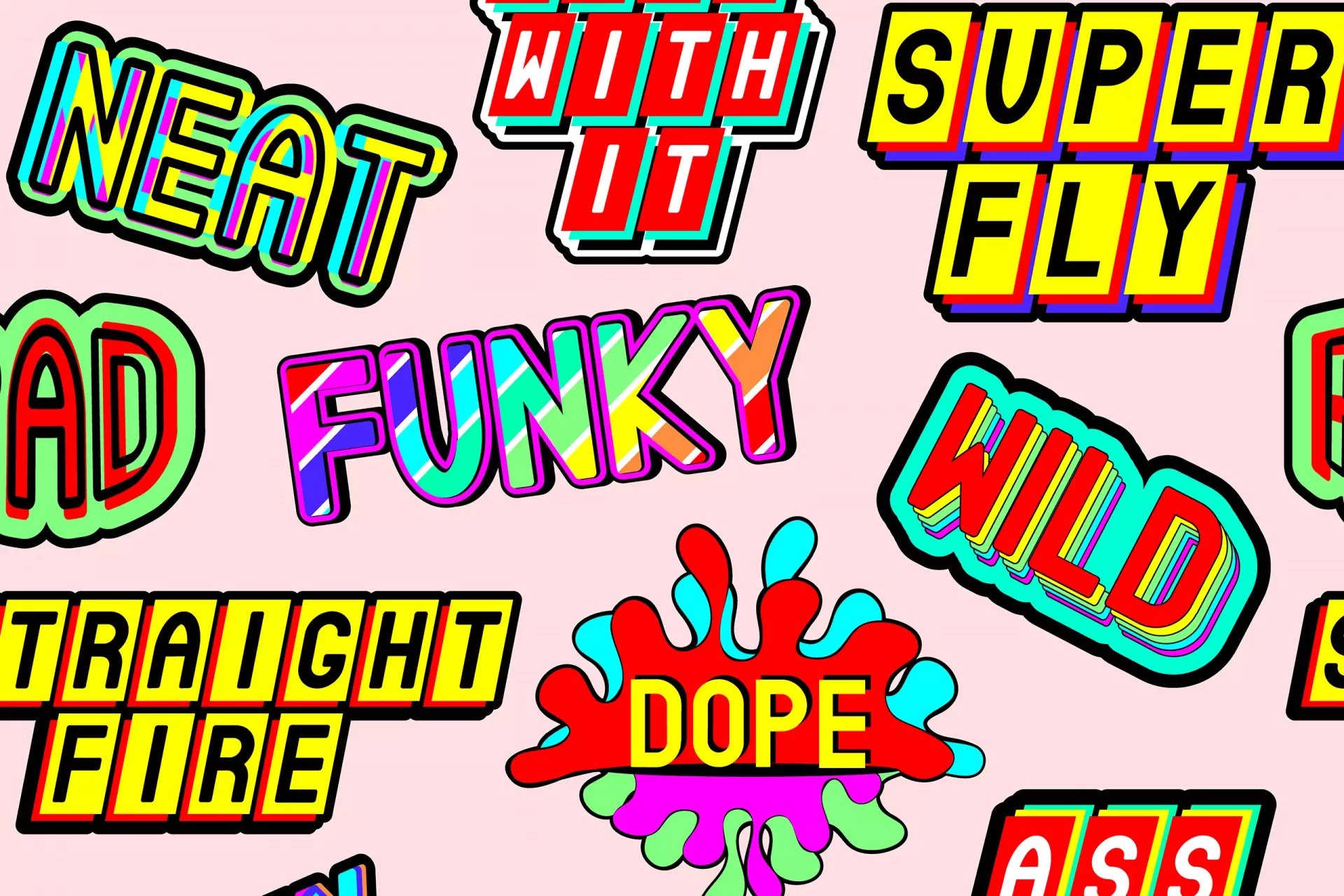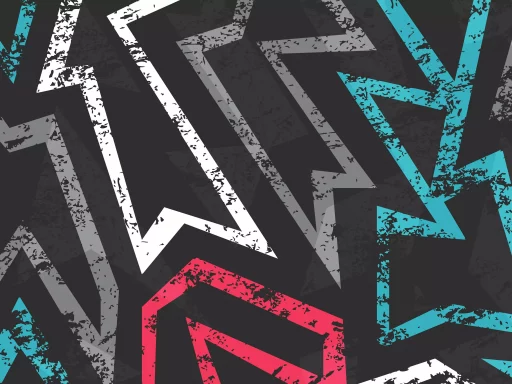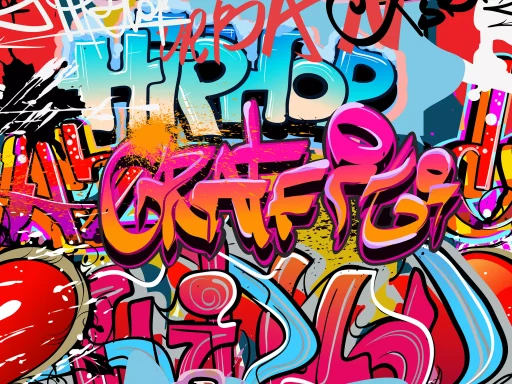Introduction to DJ Culture
DJing has evolved from a niche hobby to a vibrant cultural force that shapes modern music and party scenes. To navigate this dynamic world, one must be familiar with its unique lexicon. Understanding DJ terms and slang is essential, whether you’re an aspiring DJ or an avid party-goer.
Essential DJ Terminology
DJs use a specialized vocabulary that can be confusing to outsiders. Here, we break down some critical terms.
- Beatmatching: The technique of matching the tempo of two tracks so they can be mixed seamlessly.
- Drop: The moment in a track where it shifts dramatically, often leading to a peak in energy.
- Loop: A repeated section of a track that a DJ manipulates to enhance a mix.
- Fade In/Fade Out: Gradually increasing/decreasing the volume of a track at the beginning or end.
- Breakbeat: A style of music characterized by its rhythmic, syncopated drum patterns.
Popular DJ Slang
Alongside technical terms, DJs also have a rich array of slang phrases that convey specific meanings. Let’s take a closer look.
- Cutting: Quickly altering between two tracks.
- Crate Digging: The act of searching through vinyl records or digital tracks to discover hidden gems.
- Gig: A performance event where a DJ showcases their skills.
- Spin: To play a track or mix.
- Riding the Fader: Adjusting the audio level of a track being played alongside another.
Effects and Techniques
As DJs experiment with different effects and mixing techniques, several phrases emerge, such as:
- Flanger: An audio effect that creates a sweeping sound, often used to add depth.
- Reverb: An effect that enhances sound by simulating an acoustic space.
- Sidechain Compression: A mixing technique where the volume of one track is reduced in relation to a second track’s signal.
- EQing: The process of adjusting the balance between frequency components in a sound.
Case Studies: DJ Terminology in Action
To illustrate how DJ terms play out in real settings, let’s consider a couple of case studies from notable DJs.
Case Study 1: DJ Tiësto: Known for his electrifying performances, Tiësto often employs beatmatching to maintain energy on the dance floor. In an interview, he mentioned how he meticulously selects tracks, which relates to “crate digging,” seeking classic hits and modern tracks alike to keep the audience engaged.
Case Study 2: Skrillex: A pioneer in dubstep, Skrillex is famous for his drops that fans eagerly anticipate. His mixing style incorporates heavy use of sidechain compression, allowing elements to breathe and creating a distinct sound that has garnered multiple awards.
Statistics: The DJ Industry Today
According to Statista, the global DJ market was valued at approximately $7 billion in 2022, with growth projected to continue as more people attend live events and festivals. Furthermore, reports indicate that:
- Over 60% of music festivals feature DJ performances as headliners.
- The average fees for professional DJs have increased by 20% in recent years due to rising demand.
- Platforms like SoundCloud and Mixcloud report millions of uploads of DJ sets each month, showcasing budding talent worldwide.
Conclusion
Understanding DJ terms and slang gives you a deeper appreciation of the art form and enhances your experience at events or while listening to mixes. Whether you’re looking to spin tracks at home or just want to sound knowledgeable at the next party, familiarizing yourself with this lexicon is an excellent place to start.






